China has been an issue for Western governments for a lot longer than the neo-red penny scare of the past decade. At the end of the 19th century, the Boxer Rebellion caused chaos for the ruling Qing dynasty, and resulted in a repression of the most brutal kind, with rebels and government officials who supported the Boxers being executed and tortured in horrible ways. The Boxers, or the Society of Righteous and Harmonious Fists, began as a secret society who turned into a rebel force, responding to what they saw as the hordes of western christian missionaries invading their villages and attempting to convert their countrymen. They embraced the slogan “Support the Qing, destroy the foreigners,” and hunted down Chinese christian converts and the foreign missionaries. Their aggression towards the missionaries was taken as aggression towards Western European nations, who banded together to form the Eight-Nation Alliance, made up of the UK, Japan, Russia, France, the US, Germany, Austria-Hungary and Italy. A funny bunch considering the events that would later unfold! This imperialist force marched on China, driving back the Boxers and ravaging the countryside. Chinese people with long memories might relish the position these nations find themselves in today, groveling at their feet for loans. Below check out a series of photos of some of the brutal punishments and executions that took place during and after the Boxer rebellion.


Images & text via Environmental Graffiti
Beheading, strangulation and starvation were all acceptable execution methods in 19th-century China. What’s more, even those not sentenced to death could endure days of suffering. Such ‘justice’ in old China was not a pretty sight – so be warned: these images are not for the faint-hearted.
These photographs were taken during and directly after the Boxer Rebellion (1899-1901), which was a particularly violent and turbulent time in Chinese history. All over the country, Boxer rebels and criminals were put to death in full public view. And their corpses, or at least parts of them, were displayed as a warning to others.
Whether the sentence was death or torture, there were often Western photographers like James Ricalton around, ready to capture the punishments on film for fascinated audiences back home. These are some of the graphic images Ricalton produced.

A ‘cangue’ is a type of portable torture device that was often used for forms of corporal punishment in old China. Unlike the Western equivalent, known as the stocks, cangues could be carried around. This ensured that the victim’s humiliation was as public as it could be. The device consisted of two large, flat boards, which were fitted around the individual’s neck. Often, the prisoner couldn’t reach their own mouth and had to rely on others for food. And making sure their shame was complete, their name, address, and the nature of their crimes were written on a label and stuck to the boards.
As for the person in the box in the left of the photograph (below), we’ll explore the form of torture depicted a bit later.

Sometimes, a quick beheading was the easy way out. Here, a man is pictured standing in a box, as a crowd watches his progress. His feet rest on pieces of wood or stone, which would have been removed one by one over the course of a few days. A piece of rope was wrapped around the victim’s neck, and finally, when they could no longer stand, either their neck would break or they’d slowly strangle to death. Fortunately for this particular prisoner, he had a friend who cared enough to pass him some poison so as to put him out of his misery before all this happened.

Here, a prisoner kneels in the mud, with his arms behind his back and his head bowed down to the ground. He awaits the deadly blow, which is now only seconds away. Above him stands the executioner, sword drawn back behind him, preparing to deliver the fatal swipe. Behind them, another man turns away.

Moments later, it’s done. It’s hard to say which is more shocking: the headless body and decapitated head or the casual, nonchalant look on the executioner’s face. Also, the photographer was not simply an observer. At this point, he’s actively involved in the scene and has eye-to-eye contact with the executioner.

The final picture in the sequence shows the executed corpse sprawled out on the wet ground, with the severed head lying inches away. Blood oozes from the neck and head, soaking into the already sodden soil. Photographer James Ricalton took many photographs of the rebellion, and a book of his images was published in 1990. According to editor Christopher J. Lucas, he was “widely acclaimed as one of the most important (certainly most popular) photographers of his time.”

This photo by James Ricalton is the first in another gory execution sequence – this time by firing squad. It wasn’t just the Chinese who meted out gruesome punishment during this era. Here we see Chinese men being tied to stakes by French allied troops. Following the Boxer Rebellion in 1900, allied forces, including Germans, French, Russians, Japanese, British and Americans, occupied Beijing. Murder, rape and other atrocities were widespread. According to one witness, “[T]he conduct of the Russian soldiers is atrocious, the French are not much better, and the Japanese are looting and burning without mercy.”

The second photo in this sequence was taken soon after the execution. A man with a bullet hole in his forehead slumps to the side, held up by the rope used to tie him to the stake. The French soldiers on the right are putting up a proclamation with details of the execution.
During the Boxer Rebellion, many foreigners, missionaries and Chinese Christians were massacred in a wave of anti-foreign sentiment. Allied forces must have been hungry for revenge. Journalist George Lynch wrote, “There are things that I must not write, and that may not be printed in England, which would seem to show that this Western civilization of ours is merely a veneer over savagery.” Writer James L. Hevia (and others) described the scenes as an “orgy of looting.”

The final shot in this sequence was taken three days after the execution. The bodies are still tied to the stakes and are starting to decompose. The grisly sight must have served as a stern warning to any would-be-criminals passing by. As you can see (if you can stomach looking closely), the elements have already taken their toll on the corpses. It’s unclear whether the unfortunate victims were scapegoats or convicted criminals.

This prisoner was photographed with his arms bound to a wooden stake, awaiting judgment outside a court. The man lying face-up in the background was already dead; he was tortured to death. We wonder how documenting such barbaric practices affected photographers like James Ricalton. Surely it must have left an impact.

This shot offers another view of the same scene. Three more prisoners can be seen tied to stakes in a similar fashion, and we can clearly see the dead prisoner lying on his back. Talk about a zero tolerance policy.

Here, a Boxer chief prepares for his execution, this time carried out by the Chinese themselves. His feet are shackled and he is tied to the stake. Behind him, a few onlookers have already found a good vantage point from which to watch the spectacle.

With the deed done, the executioner proudly holds his sword up, as the crowd gazes on. We can also see that children, too, attended the executions. The small boy near the front of the crowd looks particularly young. And while one child covers their face, another youngster’s neck is craned as they try to get a better look.

In this final photograph, human heads and other body parts hang in baskets as a gruesome deterrent. It’s a fitting way to end our grisly look at tough justice in old China. What’s more, although this article concentrates on a period of time in China, throughout history, many other nations have dished out horrific forms of punishment. And the scariest part is that torture and beheadings are still carried out in some countries today.



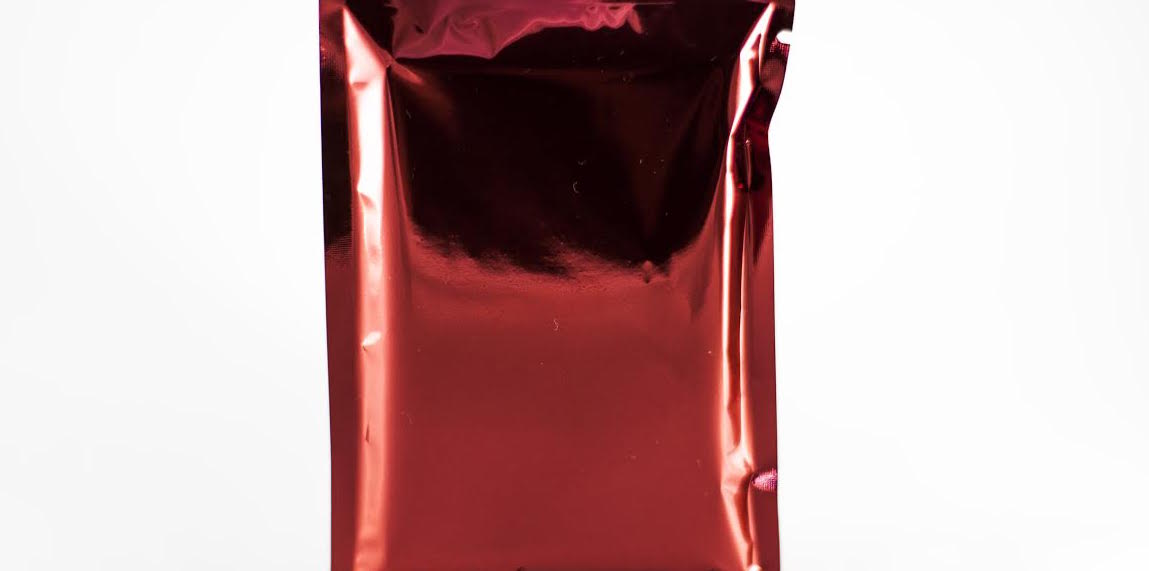
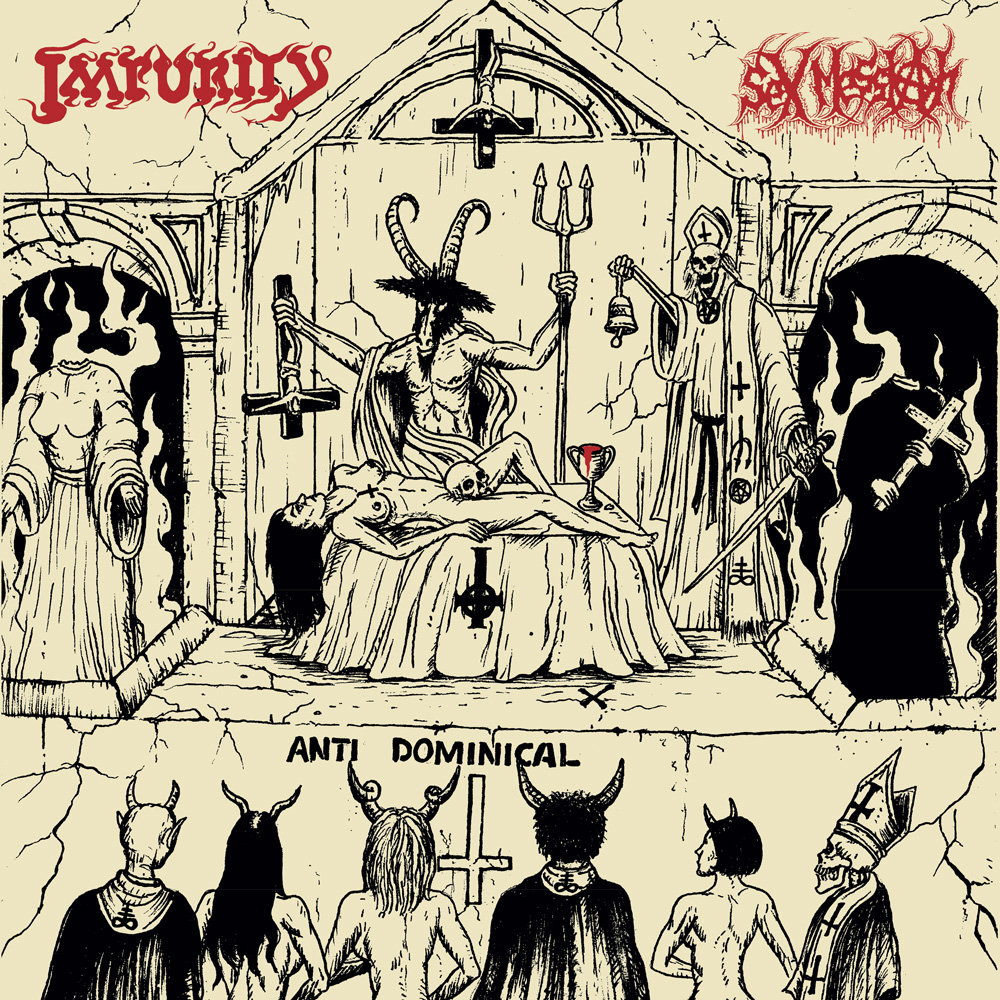

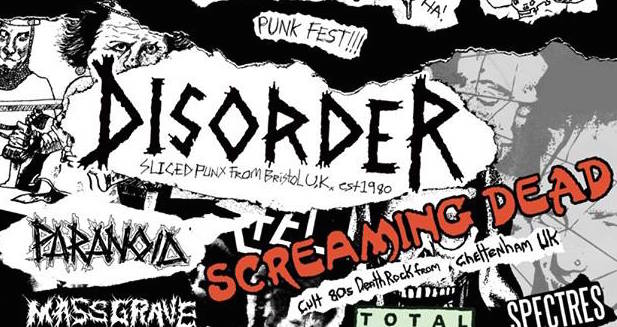

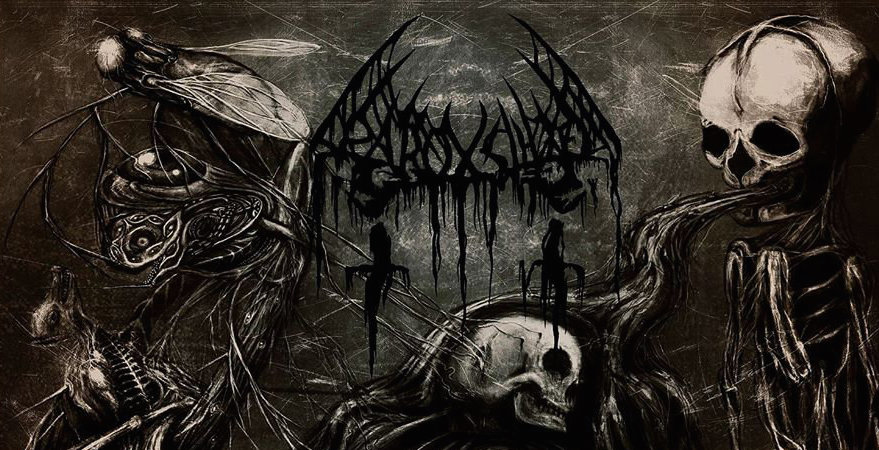
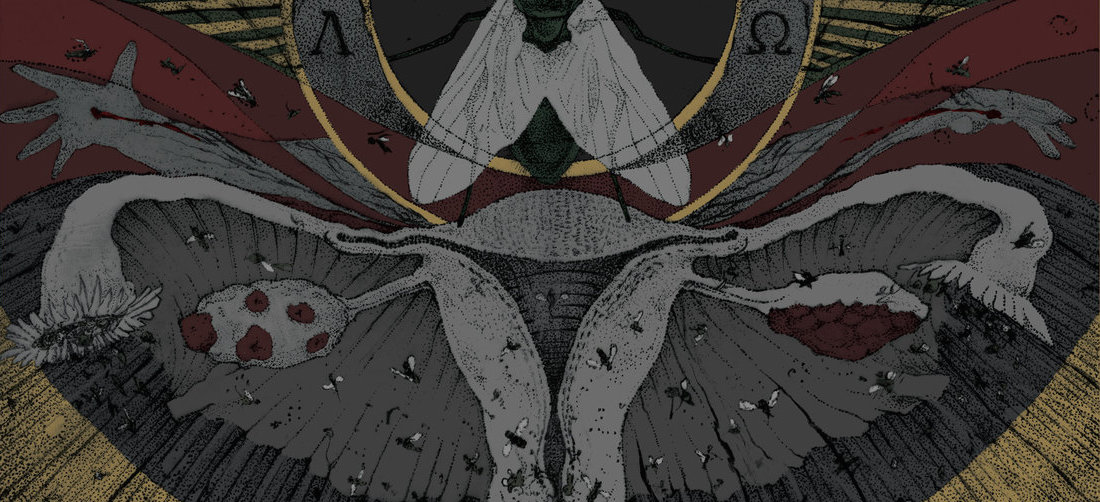
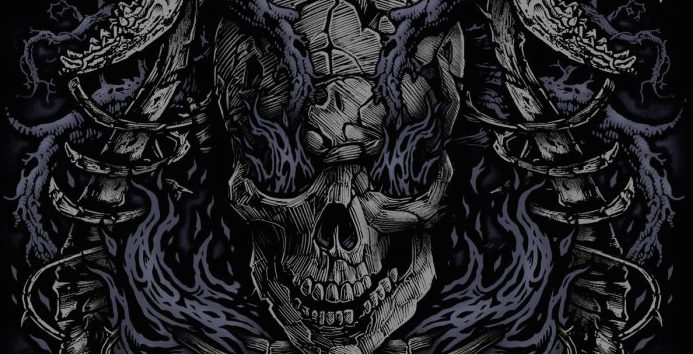
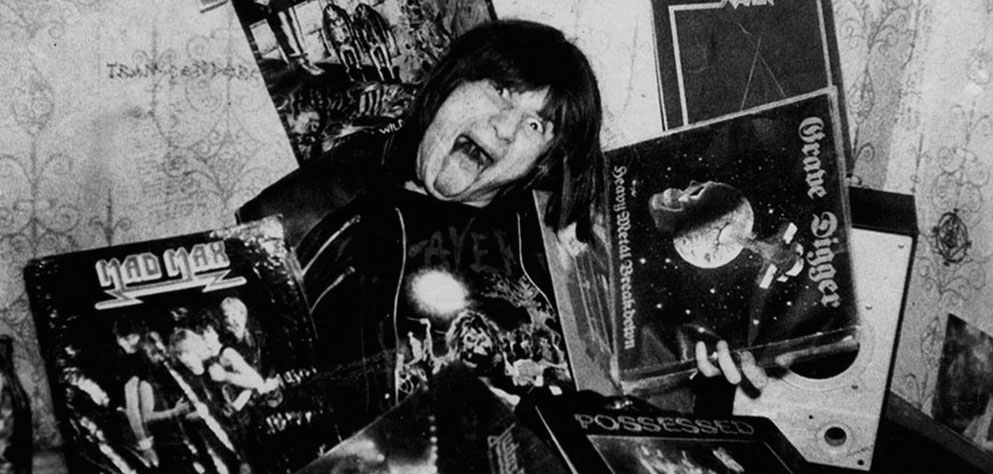
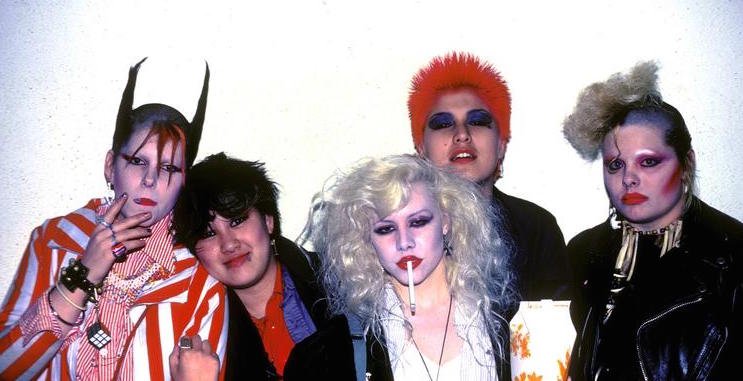
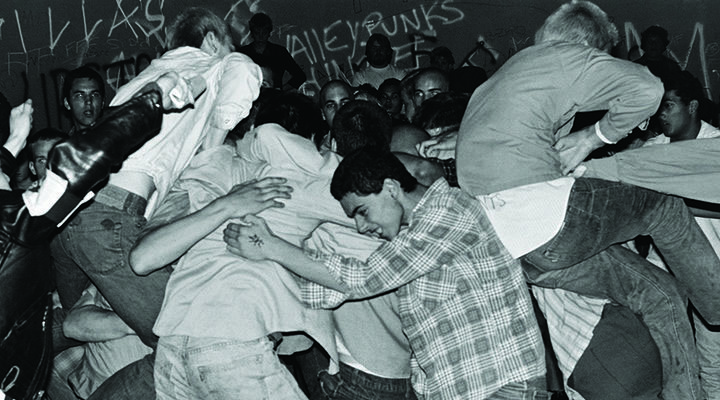


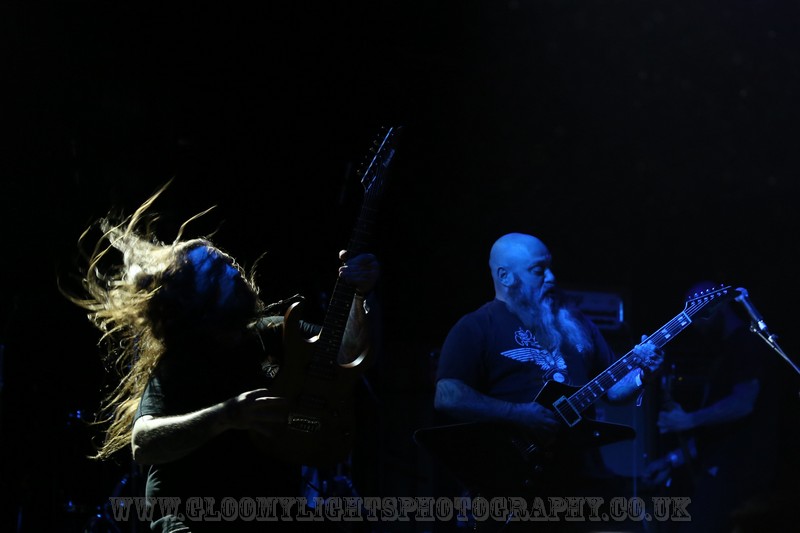


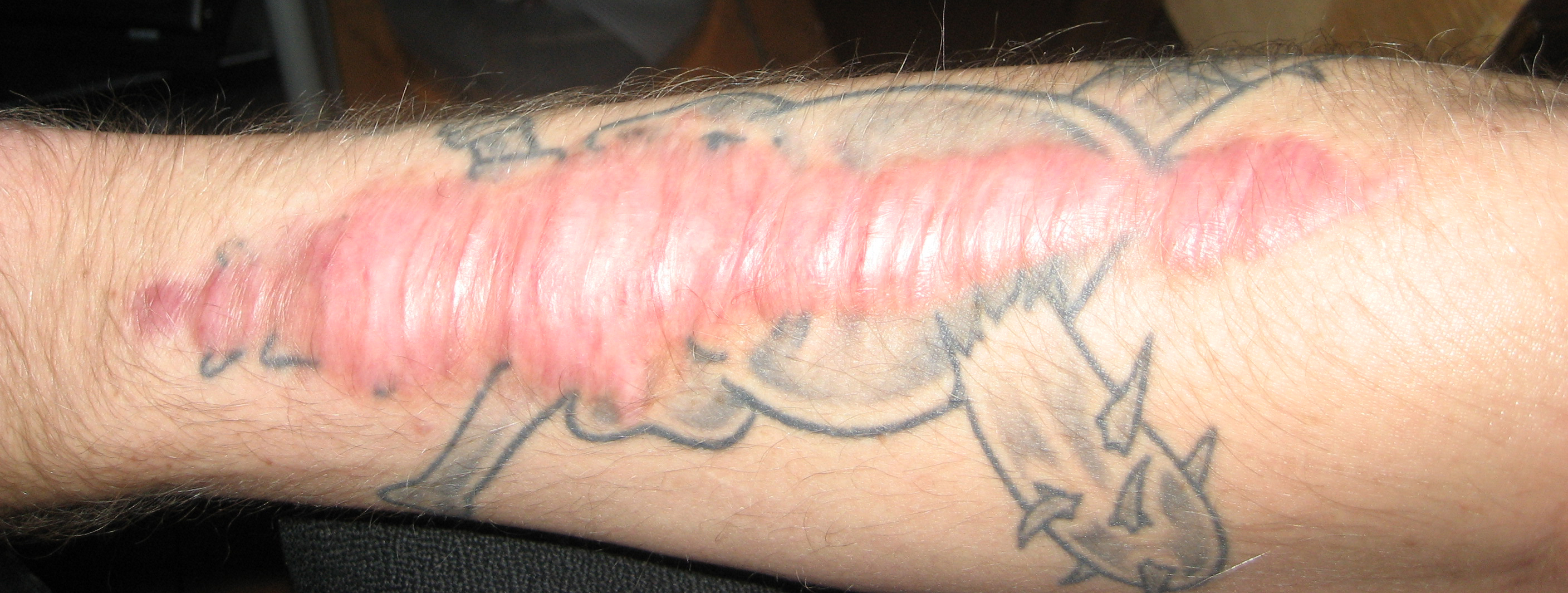
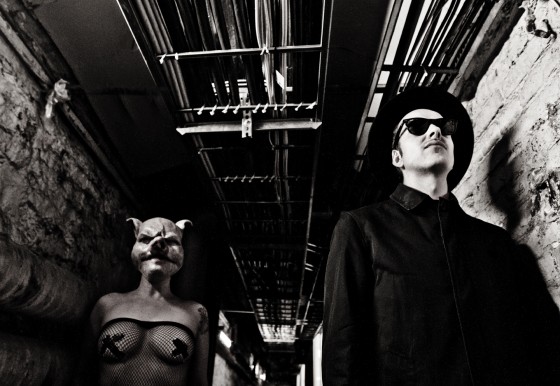
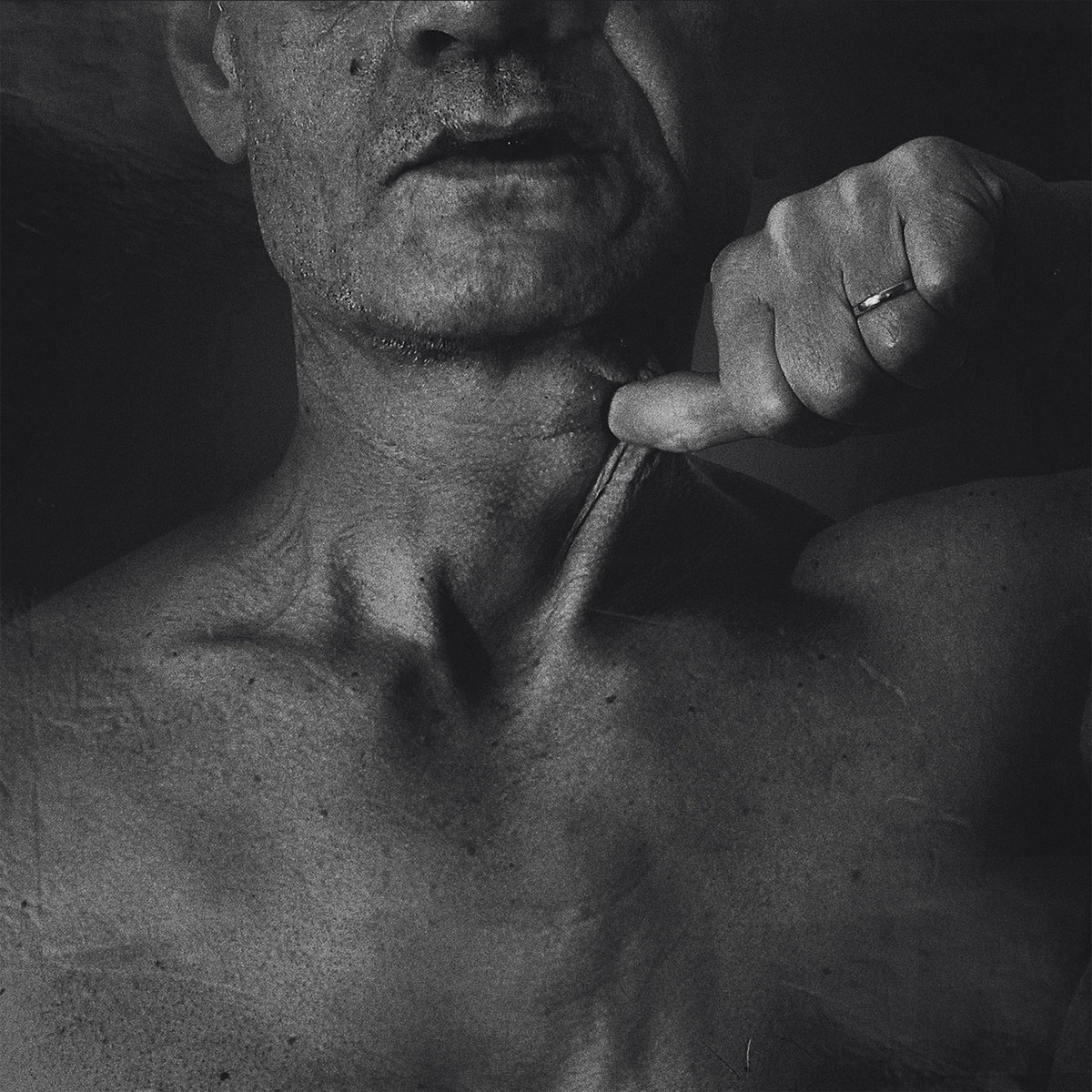

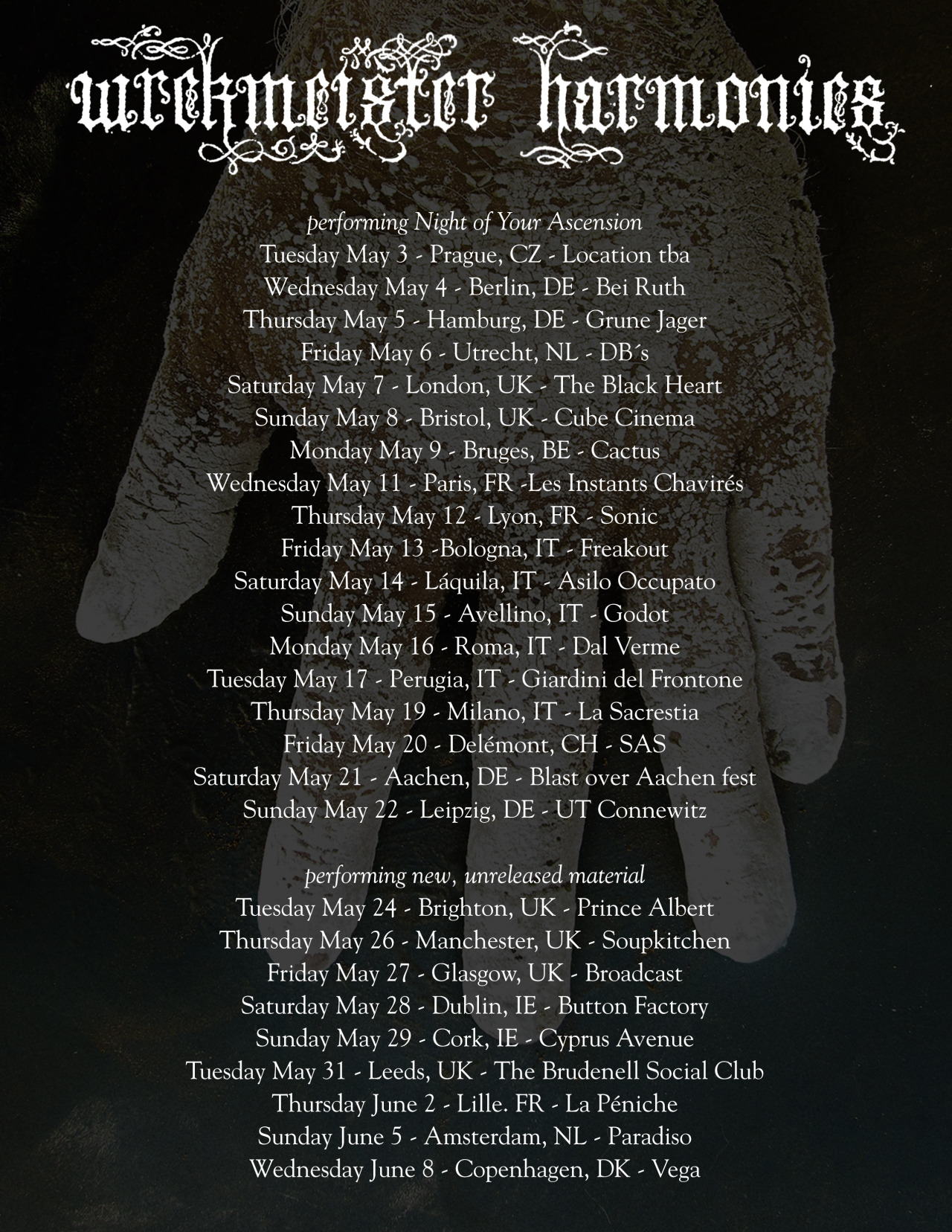
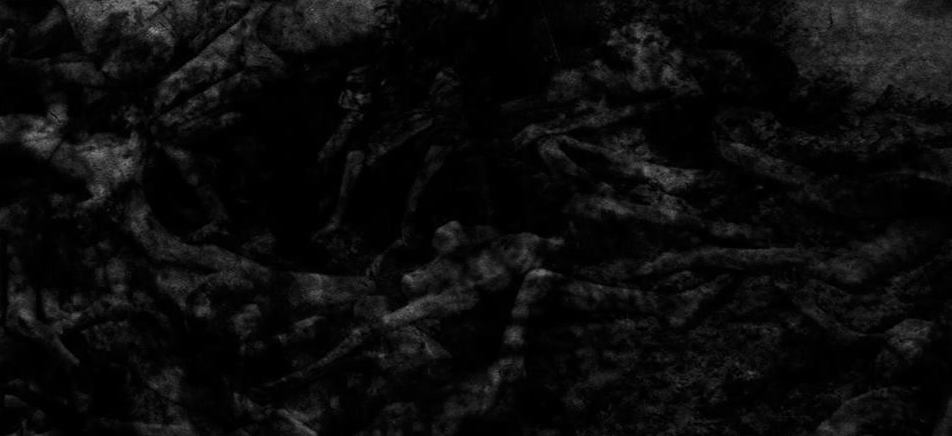

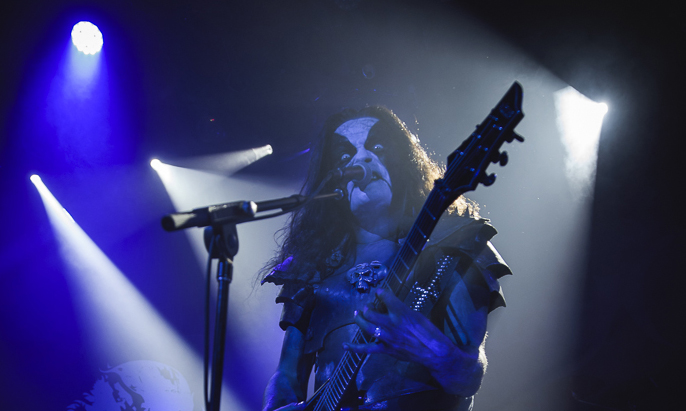

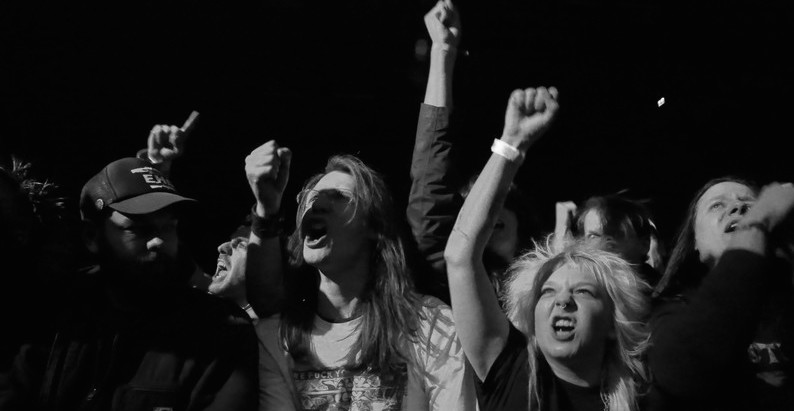
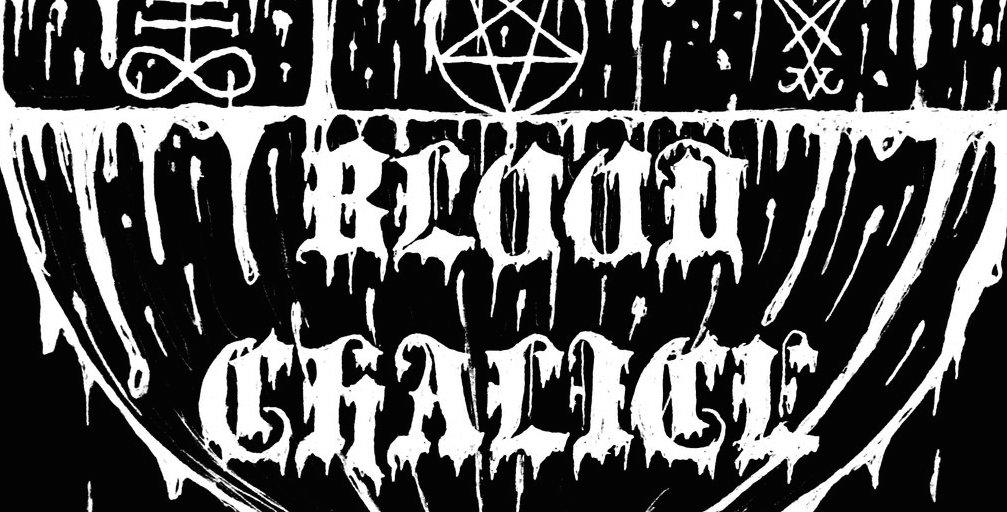
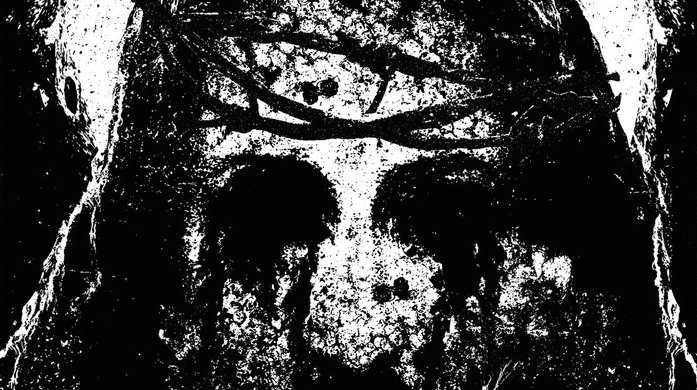
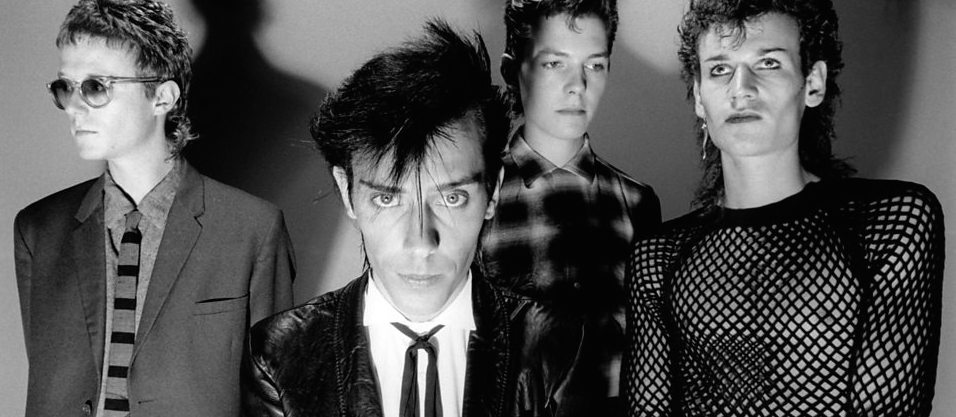


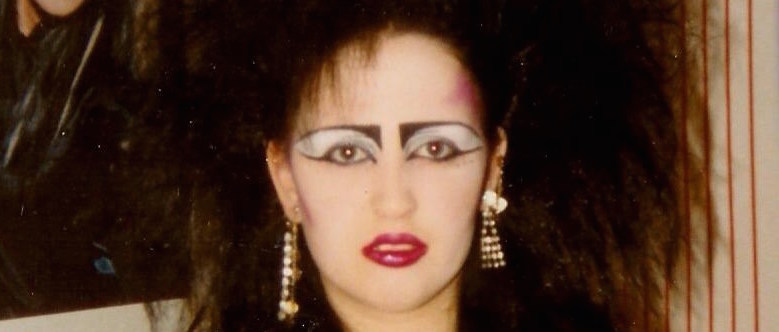
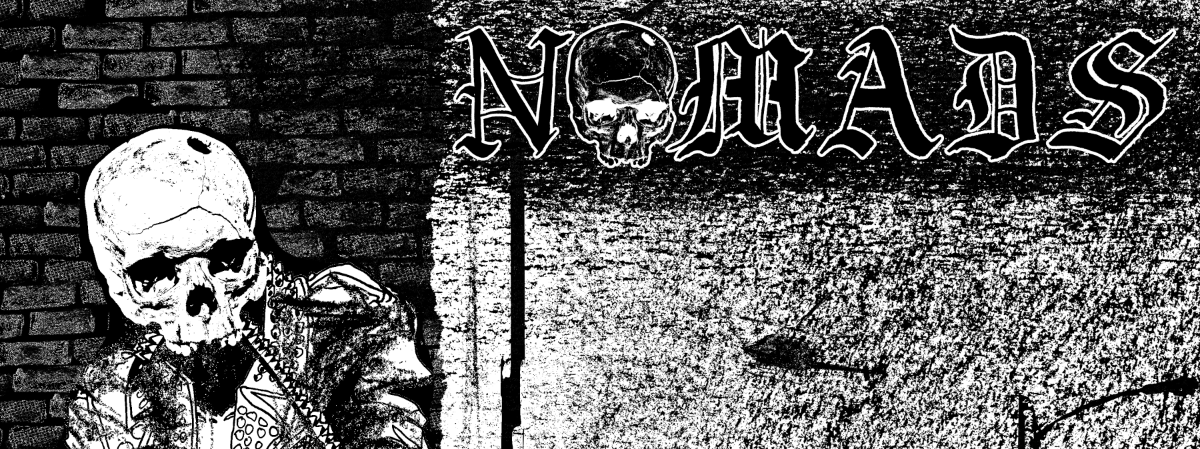
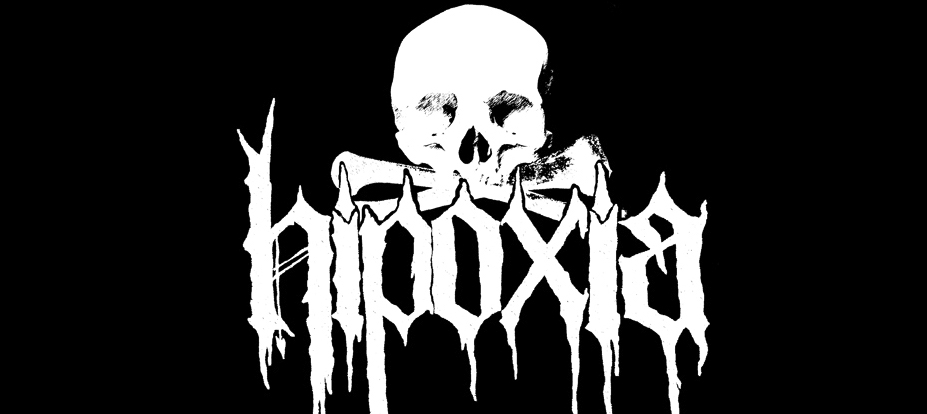

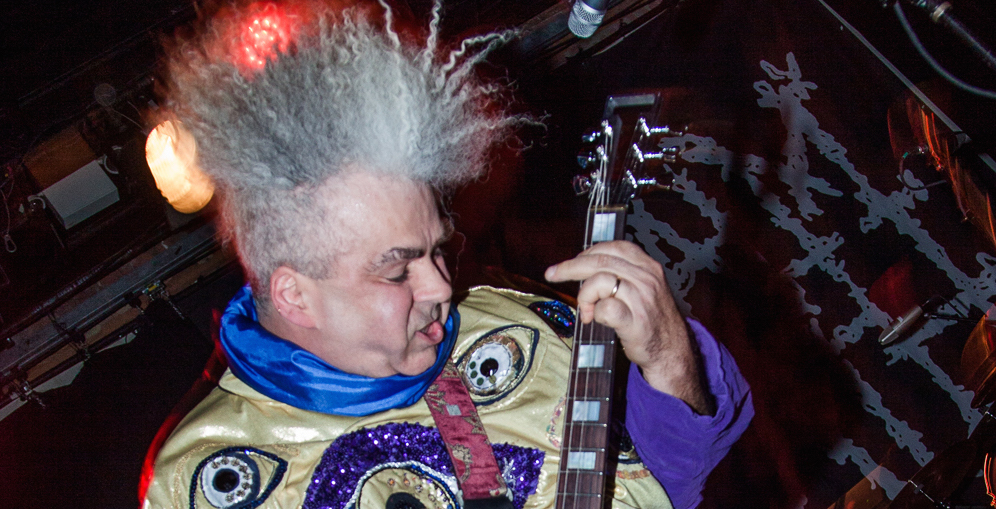

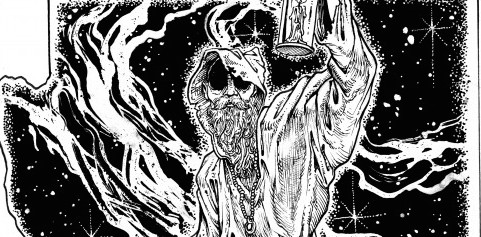
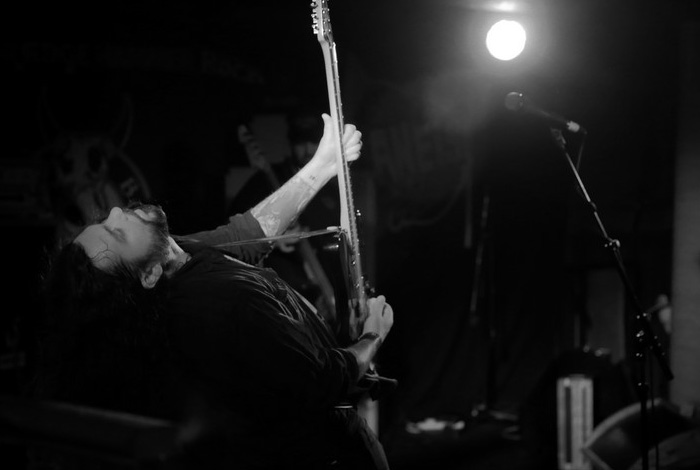
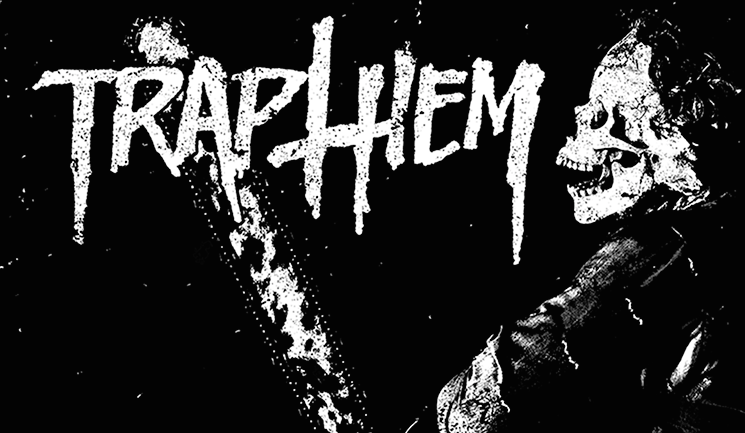

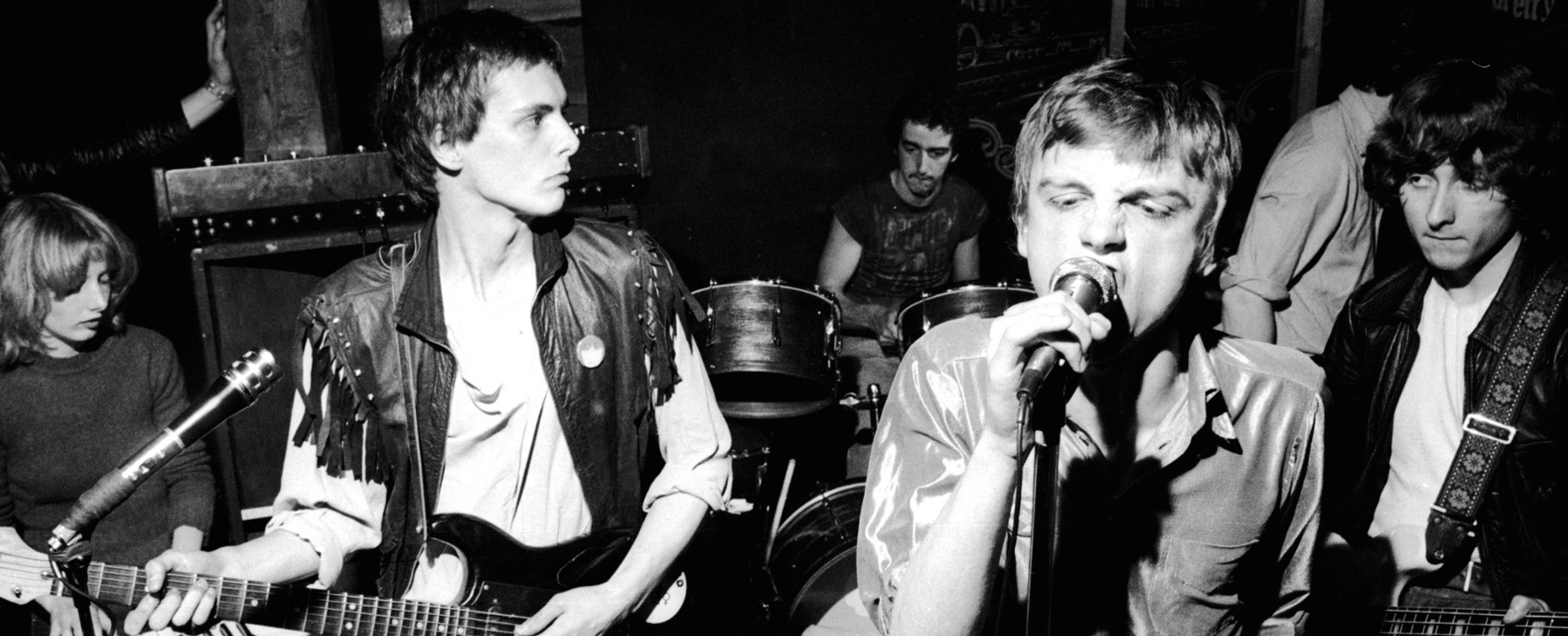
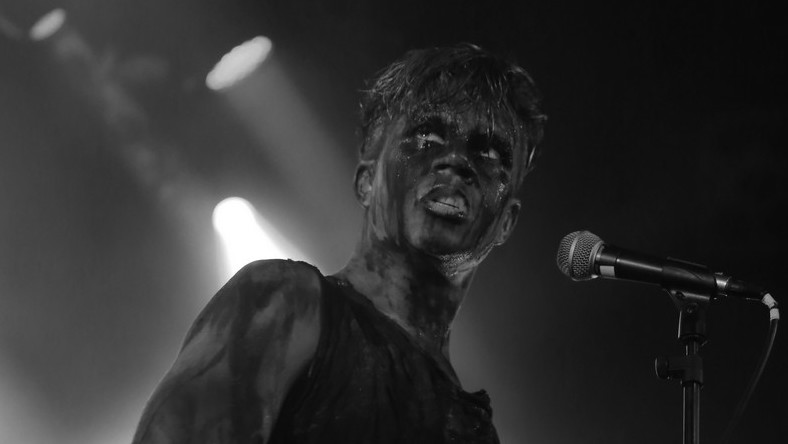
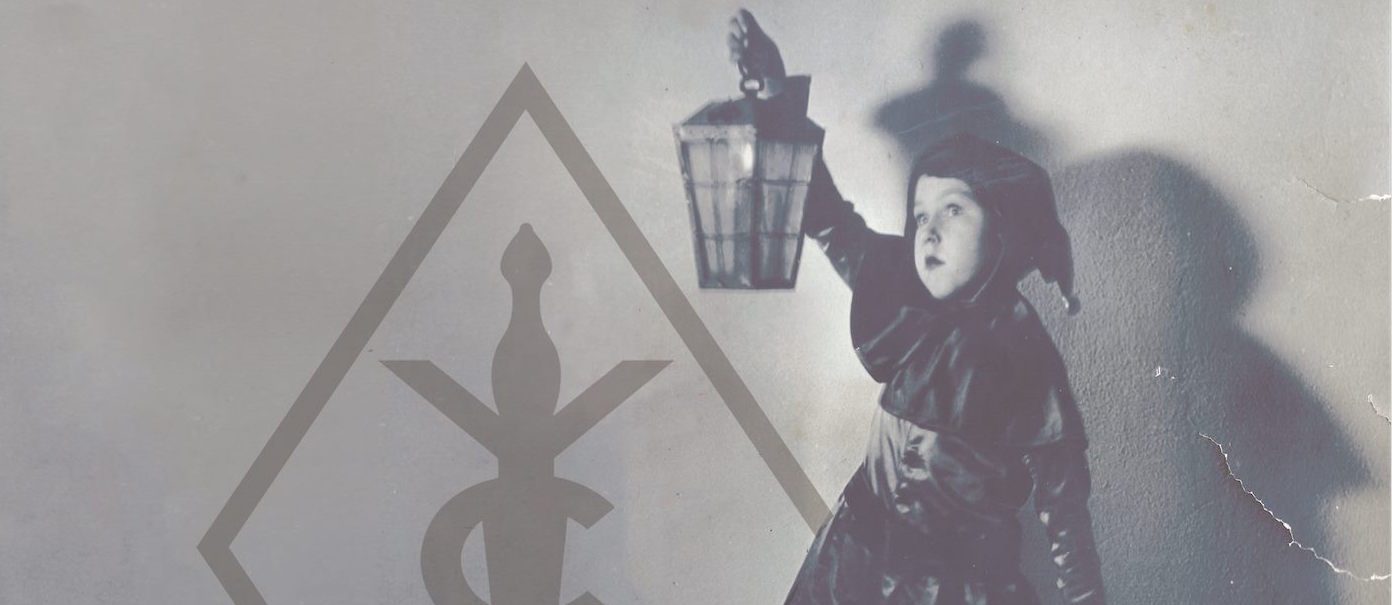

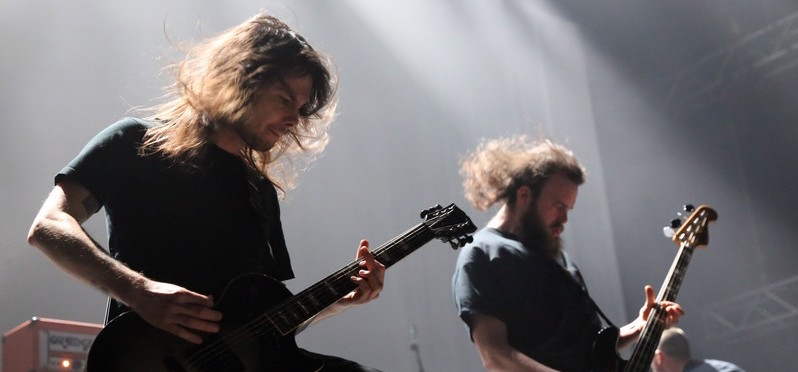

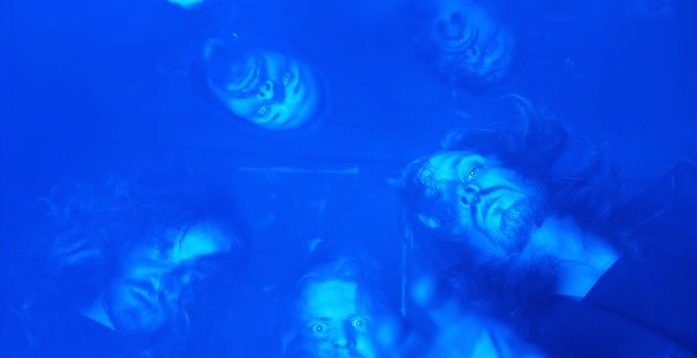
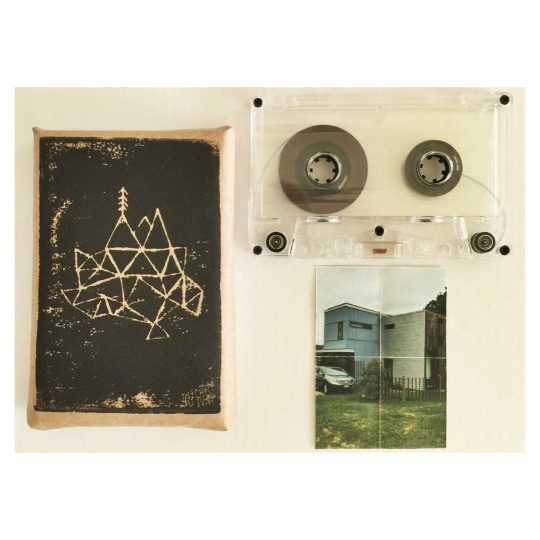

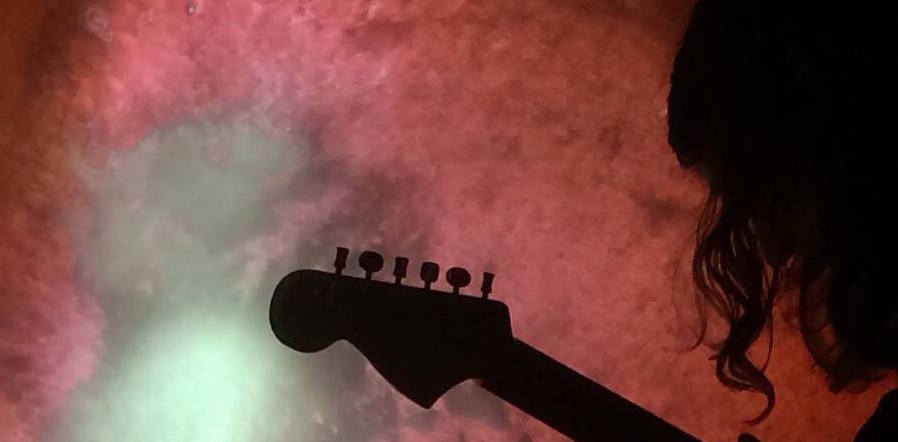

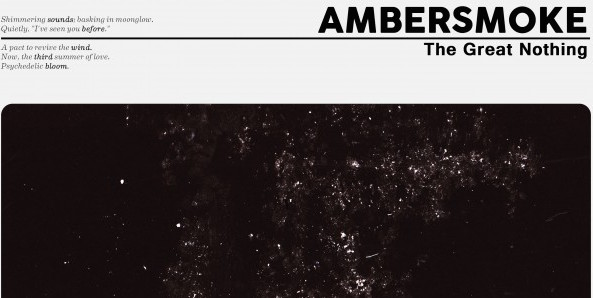
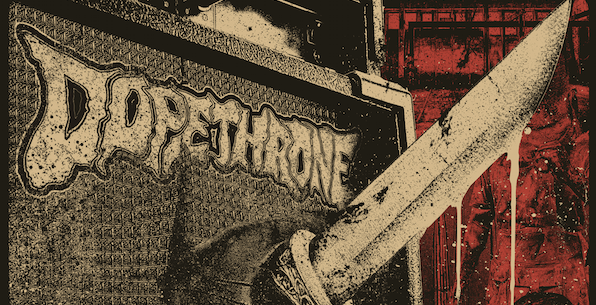


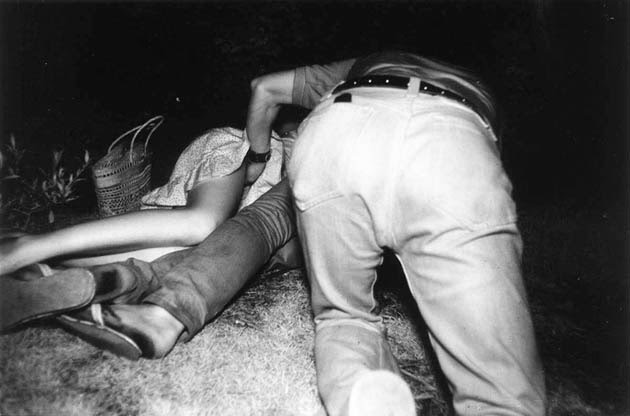
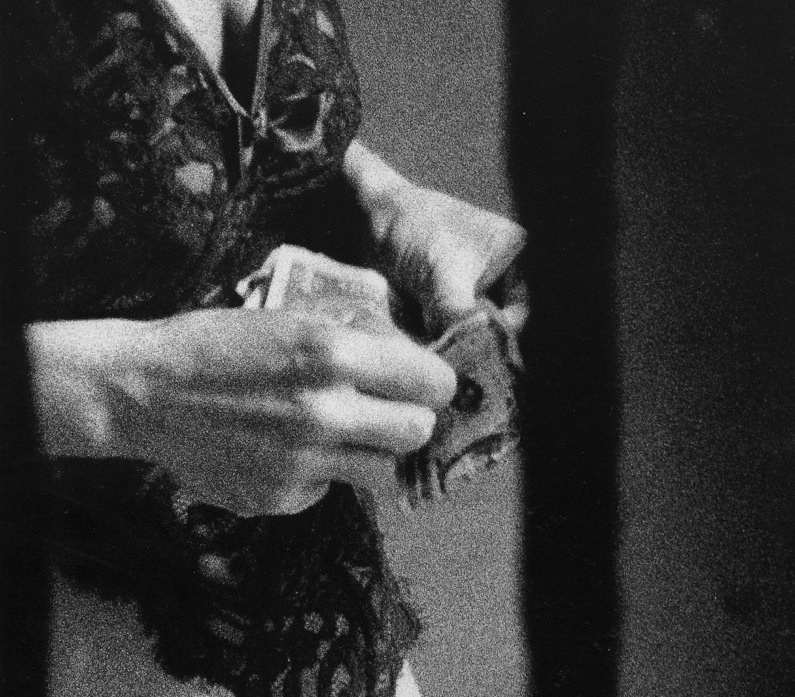

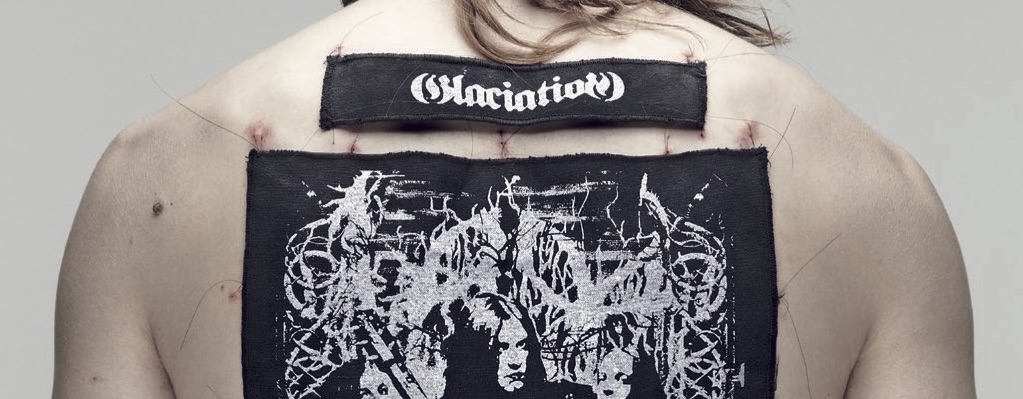

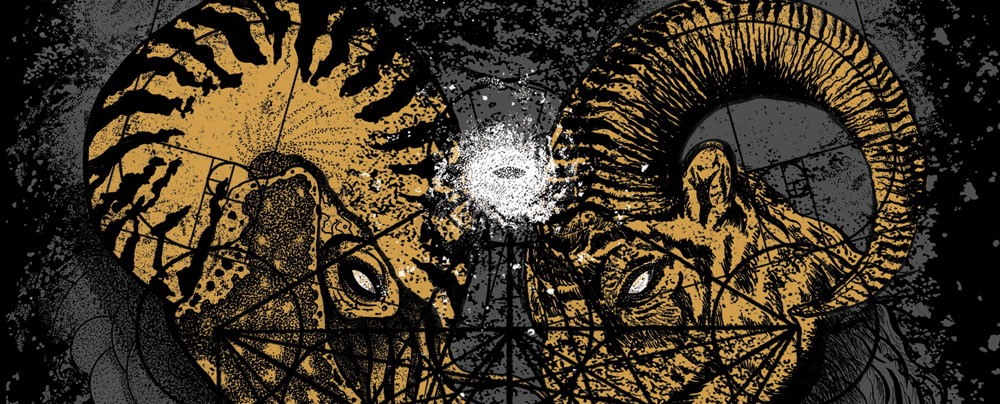

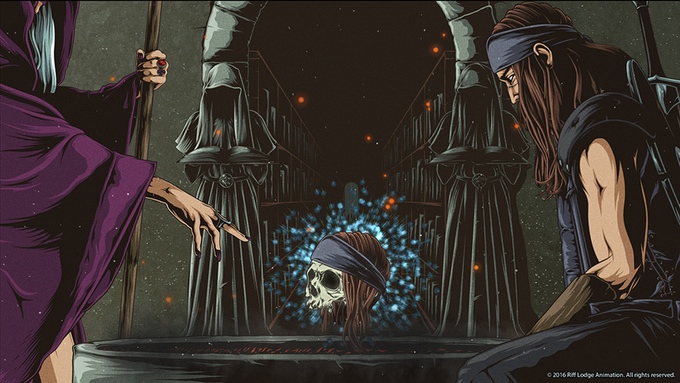
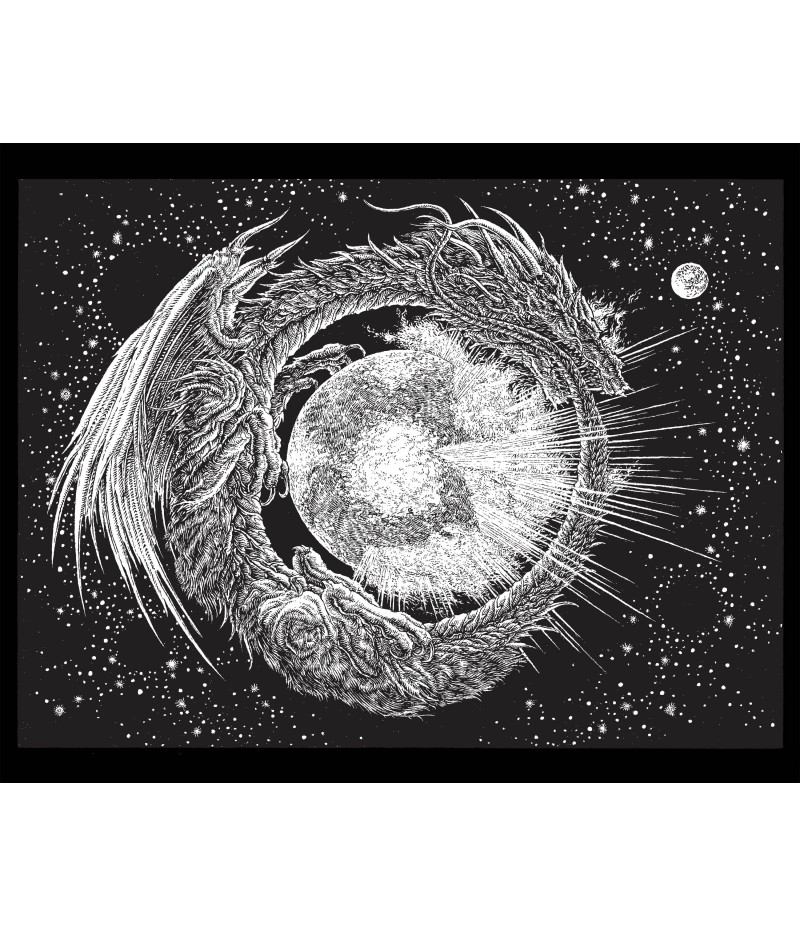
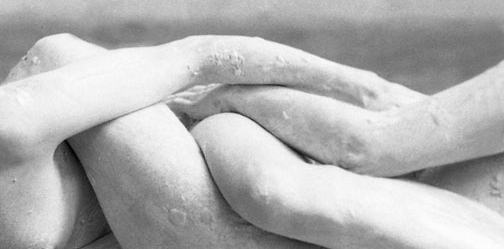
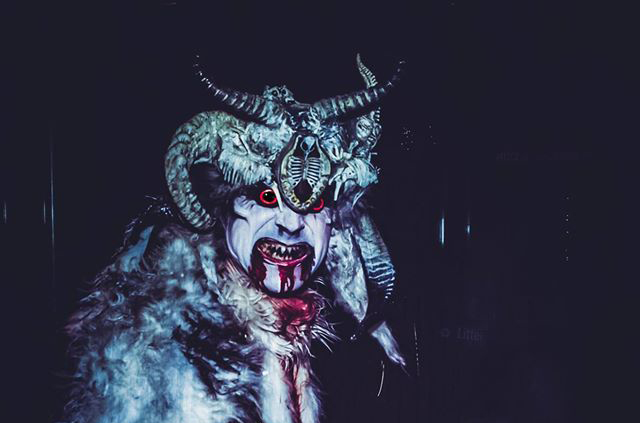
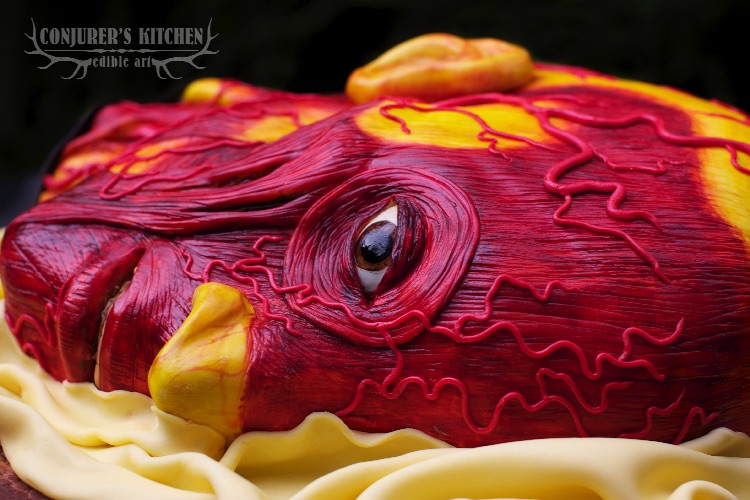
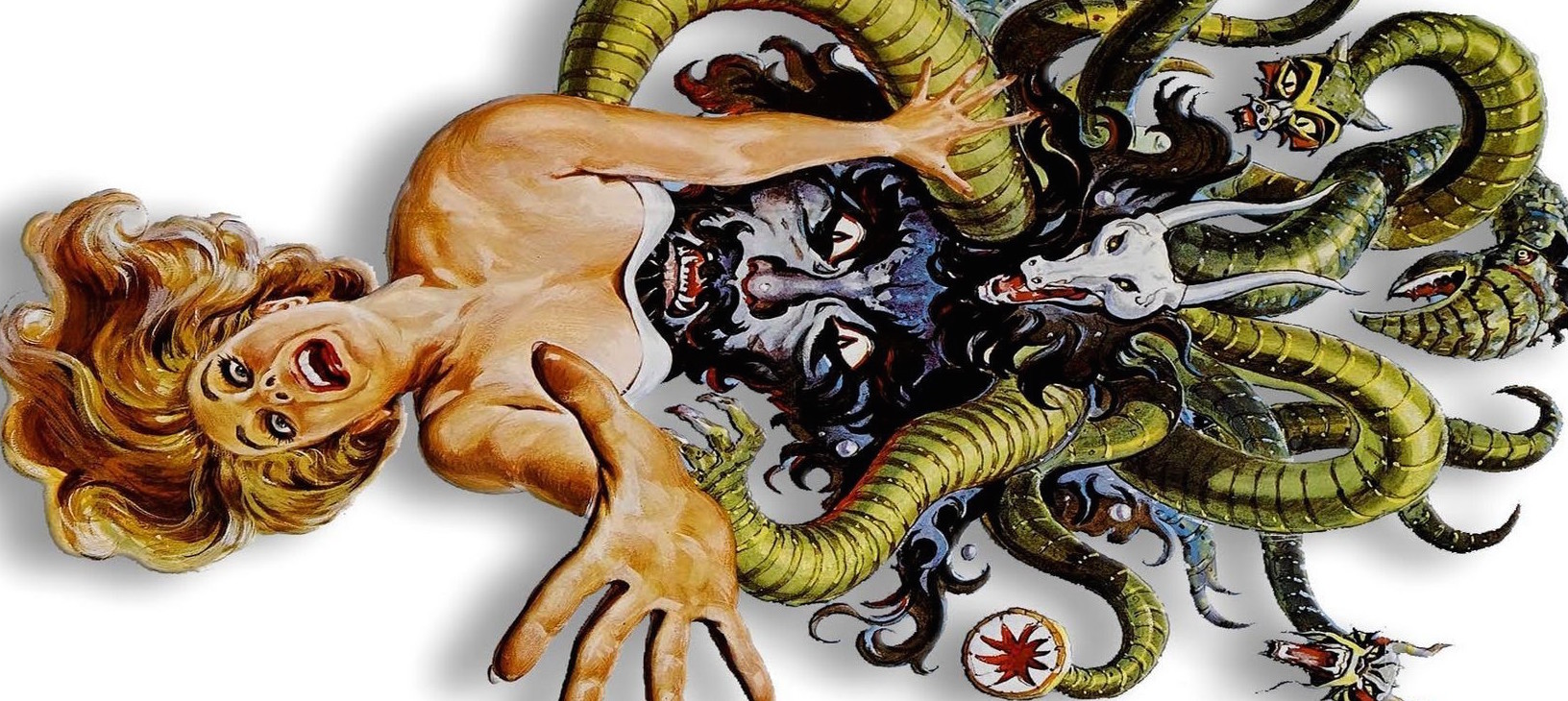

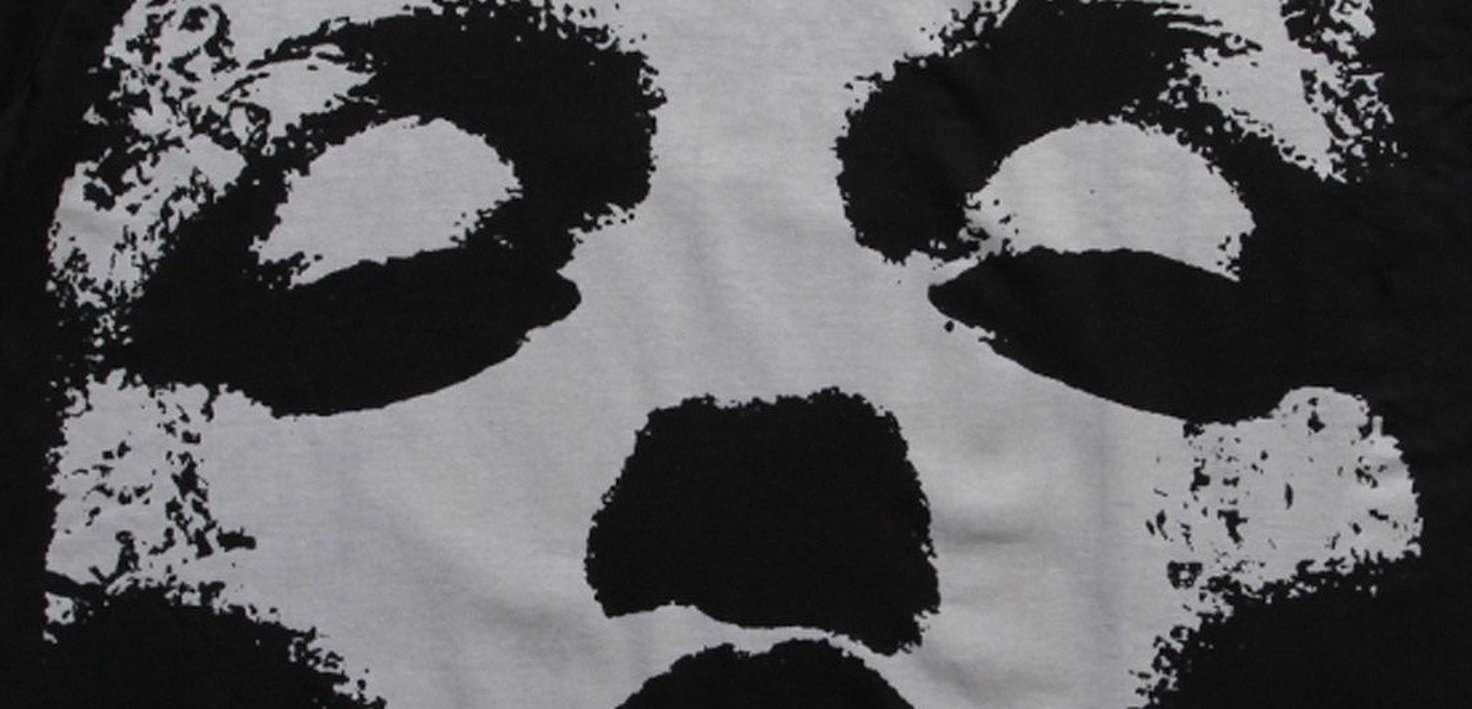
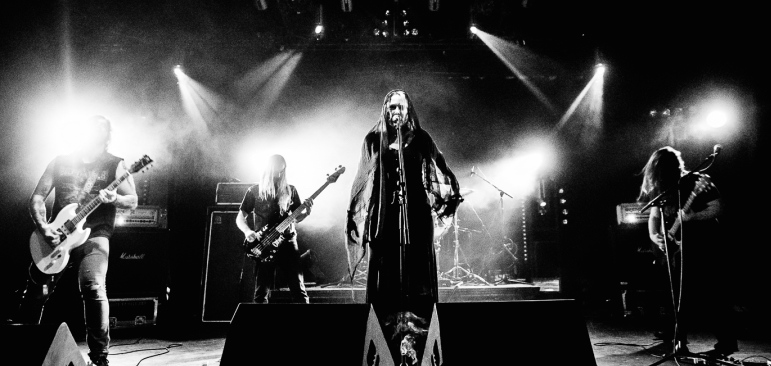
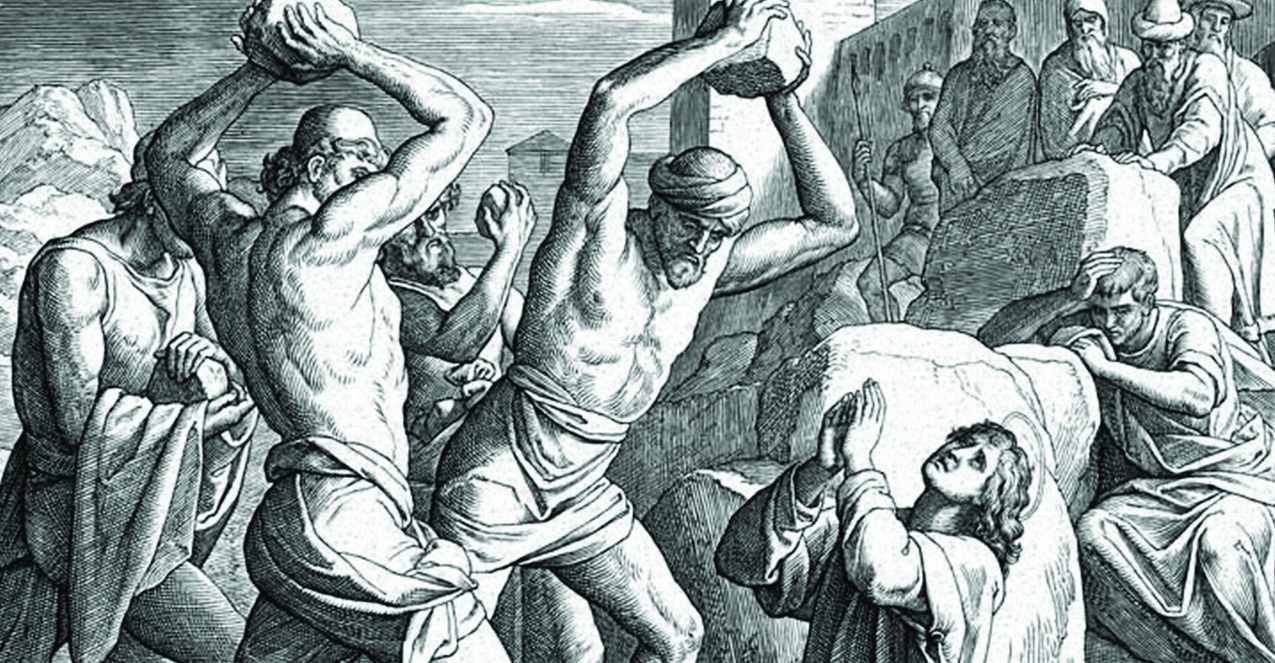
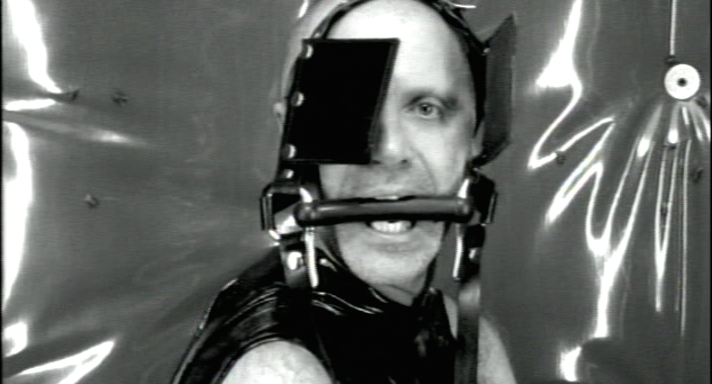

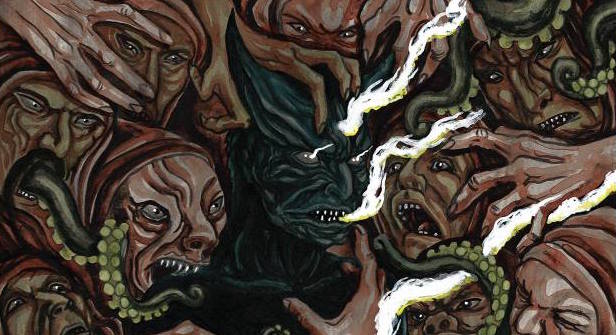
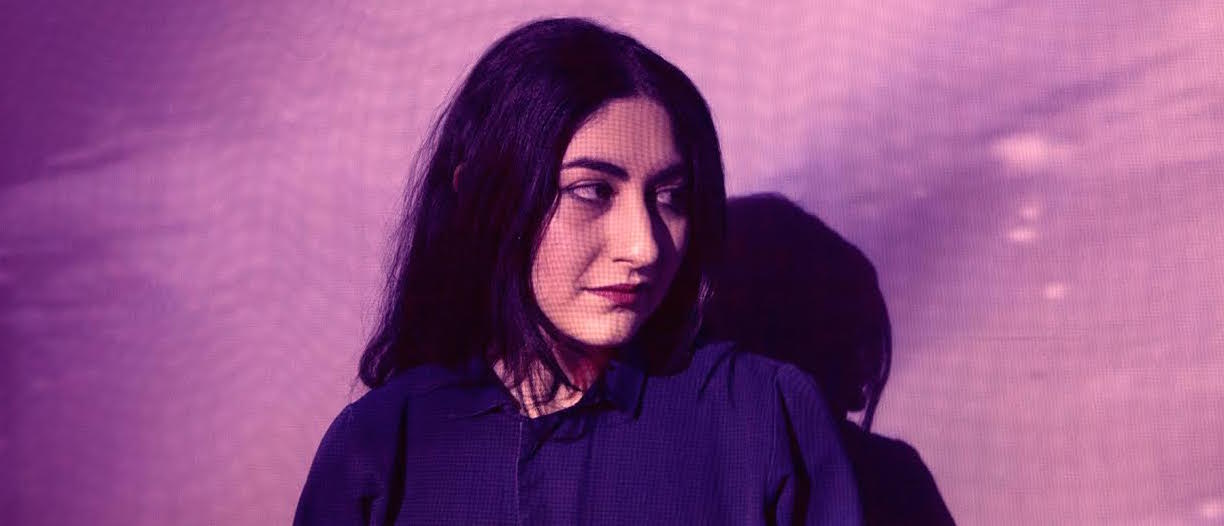


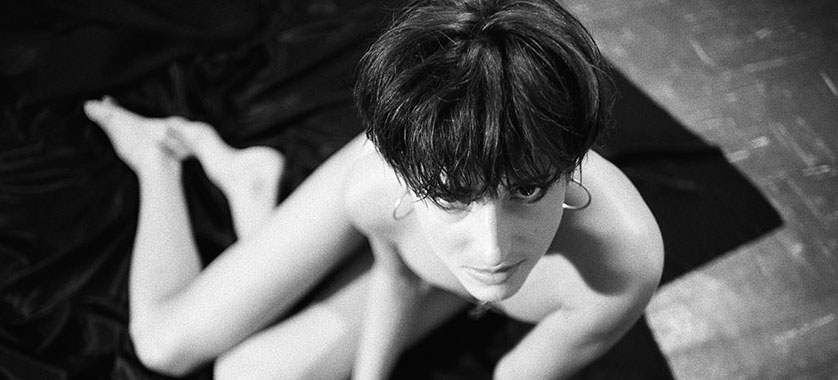




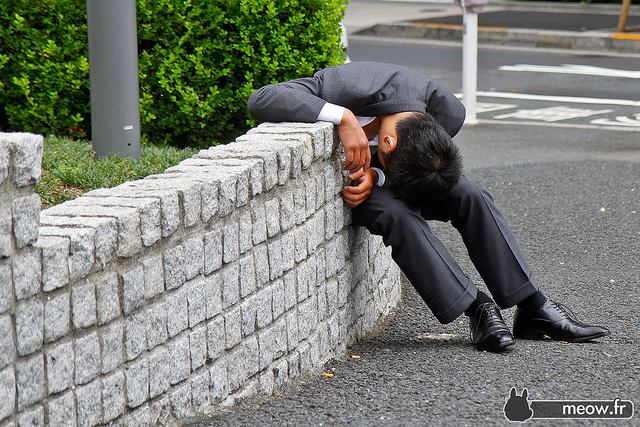



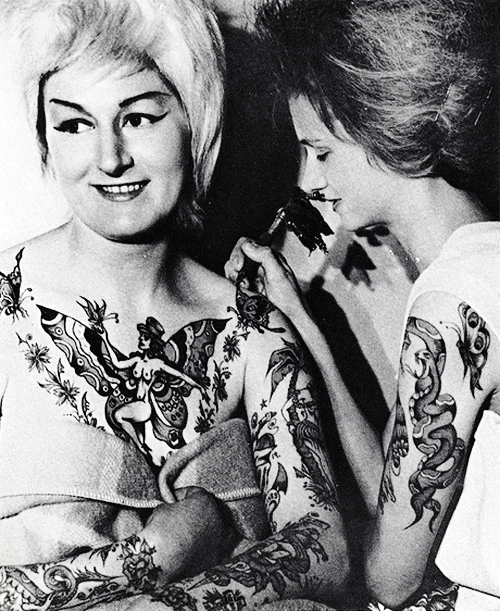

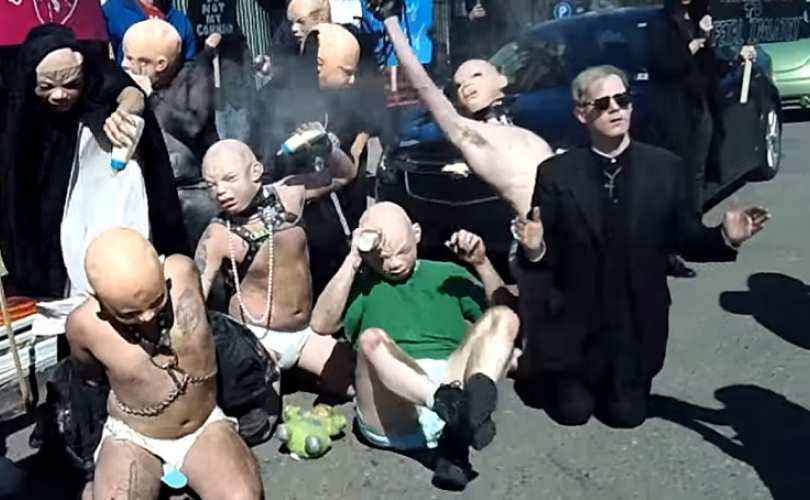









roy
March 18, 2016 at 6:04 pm
Why didn’t you mention the opium wars? It was the largest drug war in history to drug up an entire nation of innocent people that created the Chinese holocuast. you thought the Boxers were just “Bad guys”? Like those Iraqi “insurgents?”
The Opium War’s Secret History – NYTimes.com:
http://www.nytimes.com/1997/06/28/opinion/the-opium-war-s-secret-history.html
HanzP
March 28, 2014 at 9:28 am
Interesting how calm and ordinary these events appear in this particular context. Thoughtful and informative analysis, thank you.
BTW, what is the neo-red penny scare you reference in the first paragraph? — quick Google returned nothing.